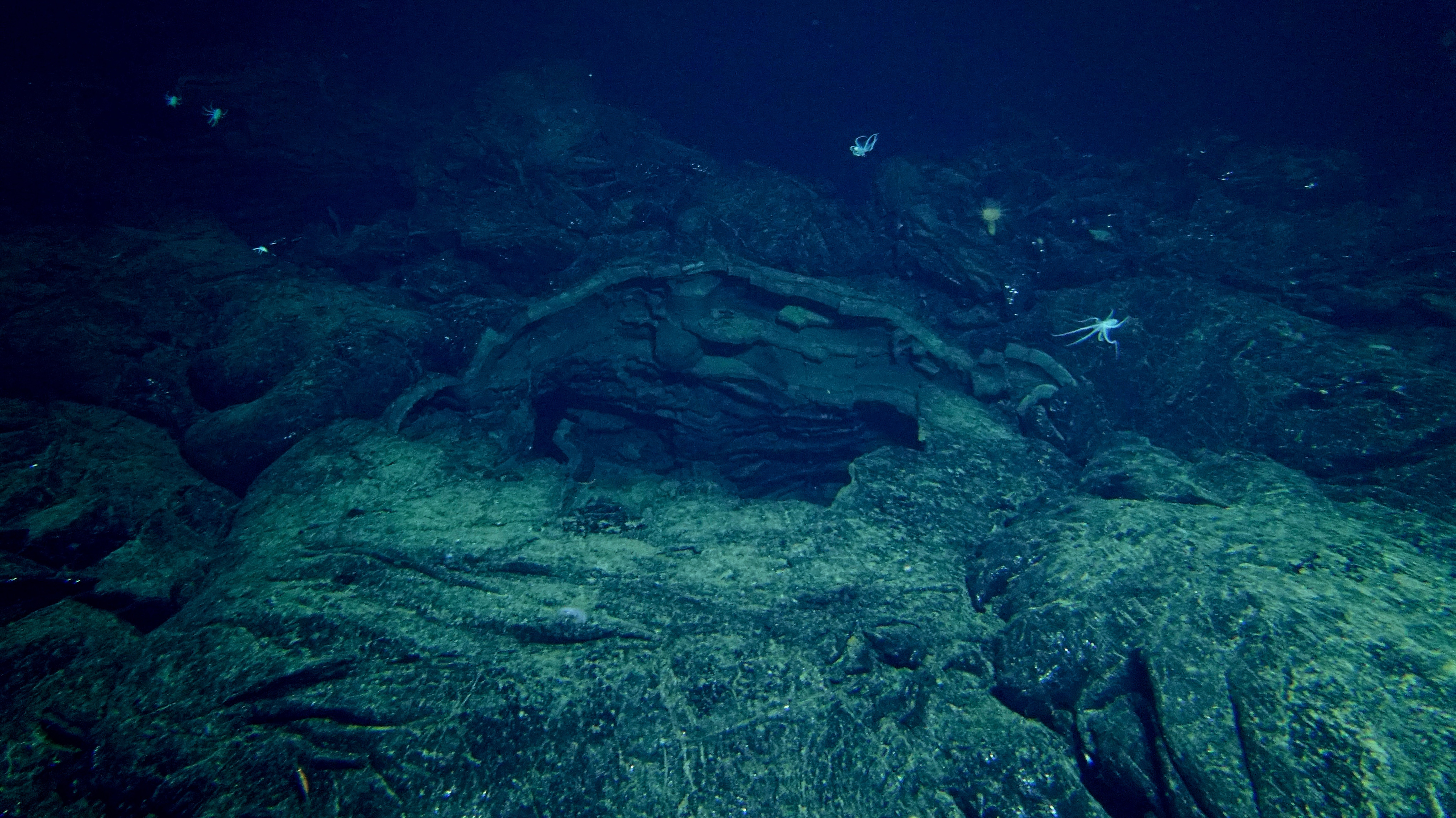Biofilms4Larvae: Understanding the interactions between chemosynthetic microbial biofilms and larvae at deep-sea hydrothermal vents

In 2022 and 2024 Costantino Vetriani and other members of the Deep-Sea Microbiology Lab, along with collaborators Dr. Shawn Arellano and Dr. Lauren Mullineaux and their teams, participated in two NSF-funded oceanographic expeditions. The main objective of this project is to understand the role of chemosynthetic microbial biofilms as signposts for settlement of larvae at deep-sea hydrothermal vents. Aboard the research vessel Atlantis, the science team dove in the deep-submergence vehicle Alvin to explore and sample the deep-sea hydrothermal vents located at 9° 50'N, 104° 18'W on the East Pacific Rise. Hydrothermal vents are particularly tractable systems in which to study questions about the roles of biofilms in larval settlement because biofilms at vents are relatively low-complexity; vent animals are strictly dependent on vent microbes, often through symbiotic partnerships acquired after settlement; and environmental variations are present within the range of a common larval pool. The project provides an unprecedented, quantitative look into the role of microbial biofilms in structuring larval settlement at hydrothermal vents, achieved only through the close collaboration of microbial and larval ecologists. The combined program of seafloor short-term settlement experiments and laboratory-based microbial "-omics" work will allow the investigative team to statistically model the factors that best predict larval settlement in the field, and test those predictions with shipboard experiments that decouple covarying conditions. Read our paper on the response of deep-sea vent faunal colonists to chemosynthetic microbial biofilms (doi: doi.org/10.1016/j.dsr.2024.104314)








